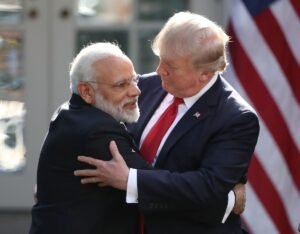Demand for lithium-ion batteries in India to increase to 127 gigawatt hours by FY2030

New Delhi| India has set an ambitious target of meeting 50 per cent of its primary energy requirement with renewable energy by 2030. With this, the demand for lithium-ion batteries in the country is expected to increase rapidly to 54 gigawatt hours (GWh) by FY 2027 and 127 gigawatt hours by FY 2030. Currently, the domestic lithium-ion battery storage demand of 15 gigawatt hours is met almost entirely by imports of lithium-ion cells and batteries.

India meets its lithium ion battery needs through imports. CareEdge Ratings expects this import need for the country’s batteries to drop to 20 percent by FY2027. However, demand will continue to pick up due to the large-scale creation of integrated capacity for lithium-ion battery storage.

The increase in demand is mainly driven by increased EV penetration and decarbonization of the electricity grid, supported by ambitious government targets and policies/incentives of both the central and state governments, the report said.
The government is focusing on rapid adoption of electric vehicles and manufacturing scheme (FAME), VDF scheme for battery energy storage systems, which has helped in reducing the cost of EVs and BESS, thereby boosting demand.
The center has set a goal of achieving a 30 percent EV penetration rate as a percentage of annual sales by 2030.

India has already allocated 40 gigawatt hours of integrated battery capacity under the PLI scheme, with the remaining 10 gigawatt hours expected to be allocated soon.
Additionally, existing conventional battery manufacturers and some other companies in India are expected to install battery capacity outside the scheme.

Hardik Shah, director, CareAge Ratings, said demand for lithium-ion battery storage in India is expected to increase, mainly driven by migration towards EV and renewable energy storage needs.
As a result of this, India’s dependence on imports is currently expected to decline sharply to 20 per cent by FY27 from near-total dependence, due to the introduction of giga-size integrated battery capacity in India.









